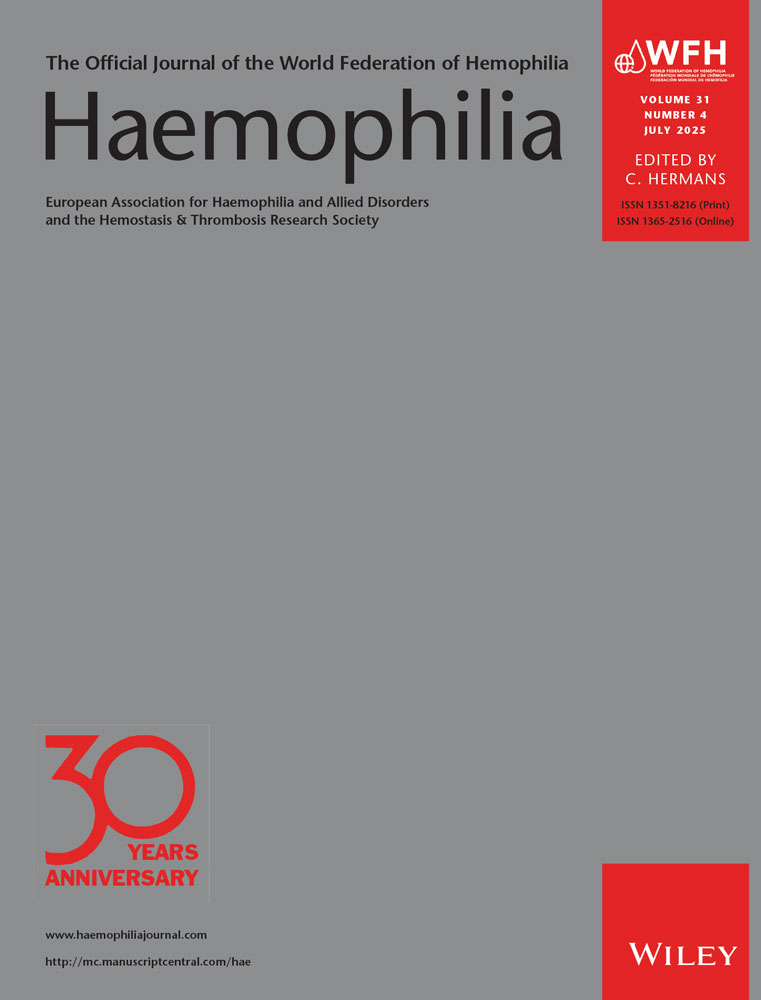Use of the dual force system to correct chronic knee deformities due to severe haemophilia
Abstract
In this study, the use of the dual force system to correct recent or relatively longstanding knee deformities in ten patients is described. (Nine of the patients had severe haemophilia and one had severe von Willebrand’s disease.) The mean duration of deformity in these patients was 10 months. The mean range of movement at the affected knee joints increased from 50° at pre-intervention to 110° following 6 weeks of application of the dual force system. In nine of ten patients (90%) the residual flexion deformity ranged from 0° to 10°. The dual force system offers an easily affordable and effective means of correcting a flexion deformity of the knee joint in severely affected haemophilia and allied disorders. More extensive use of this technique in different centres is required to determine its place in the day-to-day management of such patients.




